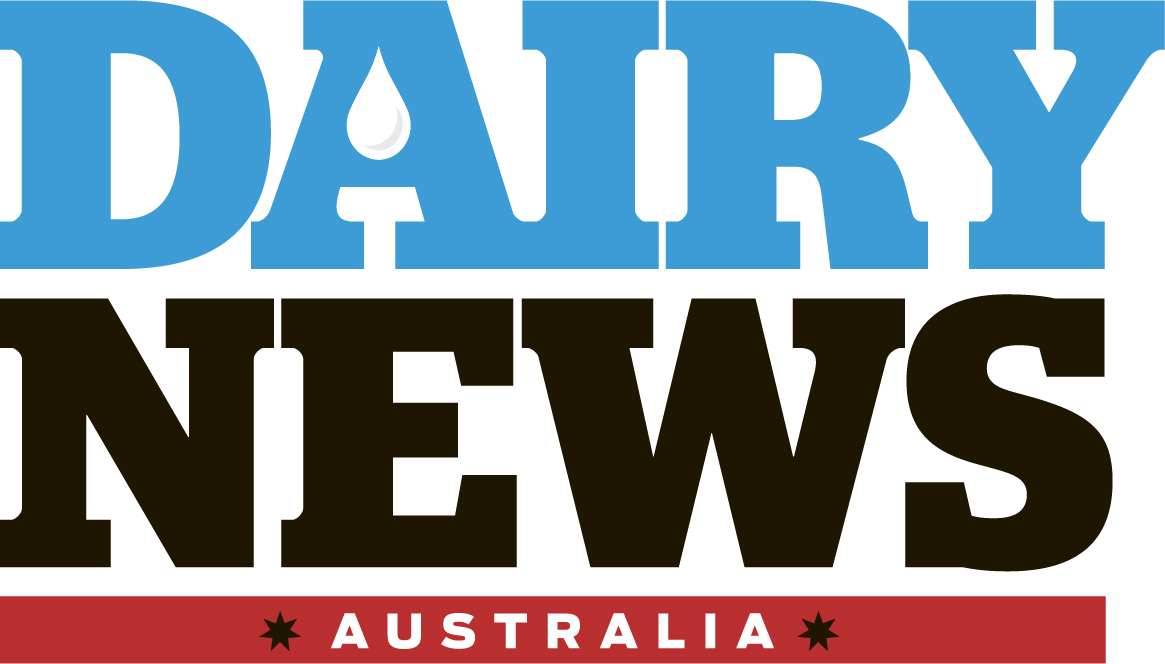
Gippsland farmers act to reduce carbon emissions
Two Gippsland dairy farmers have undertaken a new assessment of the carbon footprints of their farms with a new tool that not only measures carbon emissions but provides solutions on how to reduce them.
Gippsland farmer Simon Coster, Cloverlea, near Warragul, said he decided to complete the assessment as he wanted to find areas in his business to improve.
“It also provides a comparison of how our farm does against other farms, as we can benchmark against Victorian farmers or against other pasture-based systems.
“Hopefully I’m leading the field with what we’ve implemented.”
Mr Coster had the necessary data at hand and worked with Alltech E-CO2 coordinator for Alltech Oceania, Susanne Roth, on his assessment.
There are between 300-400 questions asked across the areas of herd size, milk production, heifer management, feed intake, herd health, culling, calving, cropping, feritliser use and fuel and electricity use.
Information is sent to E-CO2 headquarters in London and the report shows the contribution of emissions to each source, including manure emissions, artificial fertiliser use, nitrous oxide from manure and grazing, methane from rumen and feed use.

Although the report indicates the emission of carbon/kg of milk solids, it also highlights the farm’s strengths and shows its opportunities to improve.
Jindivick dairy farmer Steve Ronalds had his herd assessed earlier this year.
“Our farm result was 30% better than the Victorian average,” Mr Ronalds said.
However, he is working on reducing his carbon footprint by 5%.
Most farms can reduce their footprint by 5-7% through different methods, including better calving, reducing mastitis, reducing culling rate and achieving a better balance of manure application to fertiliser.
Reports have shown the largest dairy herd cost, feed, offers the greatest potential for improving profitability and carbon performance.
Mastitis also contribute as it affects a herd’s fertility and productivity.
Mr Ronalds established the Gippsland Jersey milk brand, with business partner Sallie Jones, and said it has been good to know what their emissions are when asked by customers.
Animal nutrition company Alltech has now conducted more than 6000 assessments in Europe, the US and now Australia.
UK supermarket chain, Tesco, has used the system to assess the carbon footprint of its dairy farmers, which it uses to inform its customers.

Dr Roth said the E-CO2 assessments determine the environmental impact of a farm as a holistic measure of overall efficiency.
“Assessments are directly linked to physical and financial performance, where custom feeding regimes and management practices can be developed to sustainably improve farm efficiency and profitability,” Dr Roth said.
Recent environmental assessments conducted by Alltech E-CO2 on 58 dairy and 11 beef units across Europe has shown how farm efficiency improvements can boost profitability whilst also reducing the carbon footprint of the enterprise.
In the study, which was carried out utilising Alltech E-CO2 environmental tools, various herd efficiency improvements delivered an average of €238 (AUS $358) extra per cow per year for dairy and there was a significant drop in carbon emissions.